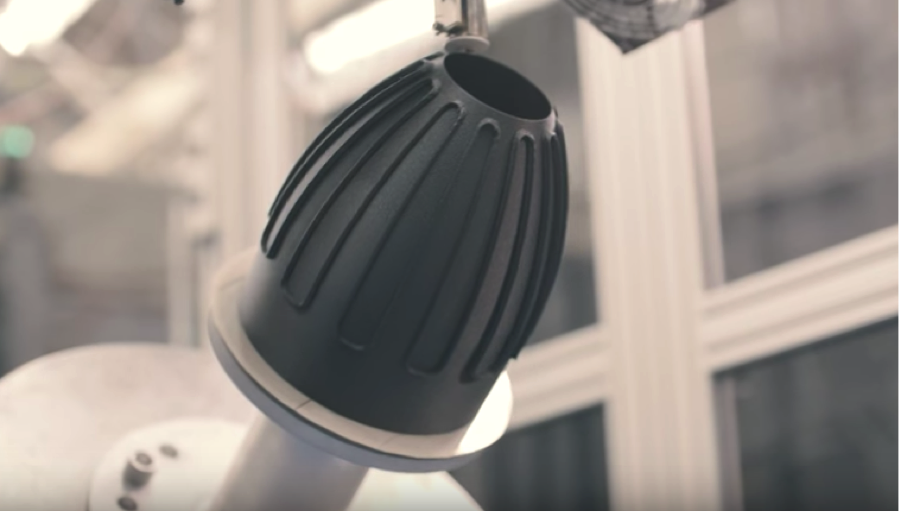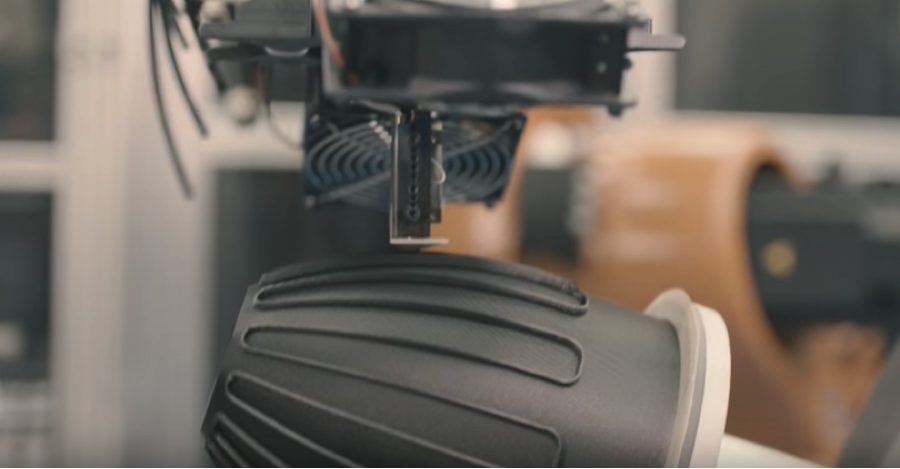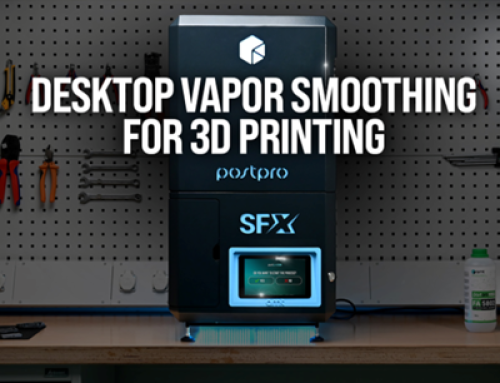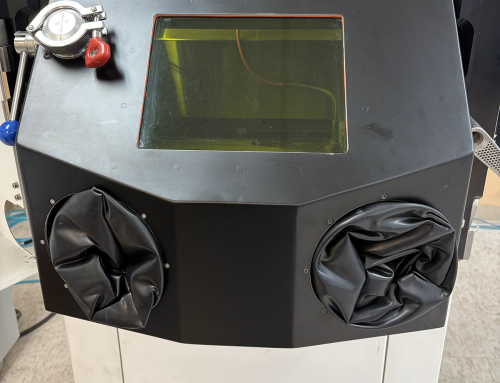As 3D printing has become more and more mainstream, the traditional resource and skills barriers for manufacturing are all but vanishing. This trend is changing the very face of design.
For the first time, producing complex products is no more difficult, expensive, or time consuming than making simpler objects. 3D printing a block with holes, notches, and rounded edges is as approachable as printing a solid block once was. The 3D printers give designers unprecedented control over the shape and composition of matter. High-end 3D printers can combine multiple materials into arbitrary patterns at a high resolution, leading to the ability to create geometry with fidelity and complexity never before seen. Traditionally, making more complex objects required a heavy investment in time, equipment, energy, and labor. Now, the cost of adding an additional design feature is reduced, potentially triggering nothing short of a manufacturing revolution similar to the first industrial revolution triggered when the cost of power was similarly diminished. And as 3D printing evolves, these products can be produced quickly and produced in bulk.
The Factory of the Future is Here Now
Manufacturers are finding applications for additive manufacturing that go beyond experimentation—and that instead are relevant, practical, and profitable. According to a recent PWC survey, two-thirds of manufacturers have already adopted 3D printing. The study also estimates that the global 3D printer market will reach $6 billion this year, up from $2.2 billion in 2012. Indeed, a new wave of low-volume manufacturing is developing. Conventional manufacturing methods require tooling, machining, or other expensive processes, so most new product ideas might not be easily realized. But the availability of 3D printing allows manufacturers to more easily experiment with the manufacture of custom and limited edition products. Risks and costs are low. Highly automated processes and advanced engineered materials offer a safer, leaner, and greener manufacturing infrastructure. These low-cost processes and ease of use will lead to the qualification, adoption, and standardization of 3D printing technology among a myriad of demanding industries where mass customization, quality, repeatability, and reliability of products are crucial.
Today’s market economy has evolved into a customer-centered model that stresses speed of delivery, product value and a positive customer experience and 3D printing—with its capability to produce customized products quickly—perfectly addresses that model. Also, 3D printing has made prototyping and design of new products much easier, quicker, and more economical. Of course, volume manufacturing of standard products won’t disappear in the new future, nor will most conventional methods of manufacturing. But many new kinds of products and companies are developing as manufacturers uncover the capabilities of 3D printing. So 3D printing has opened the door to a new huge space of design and manufacturing possibilities and this space is only growing with the introduction of new printing materials, finer printing resolution, and the ability to print with multiple materials simultaneously. The combination of new geometric representations, new design paradigms, and new possibilities leads to challenges and opportunities field like never before.
Learn more by watching the Statasys video below.









Leave A Comment